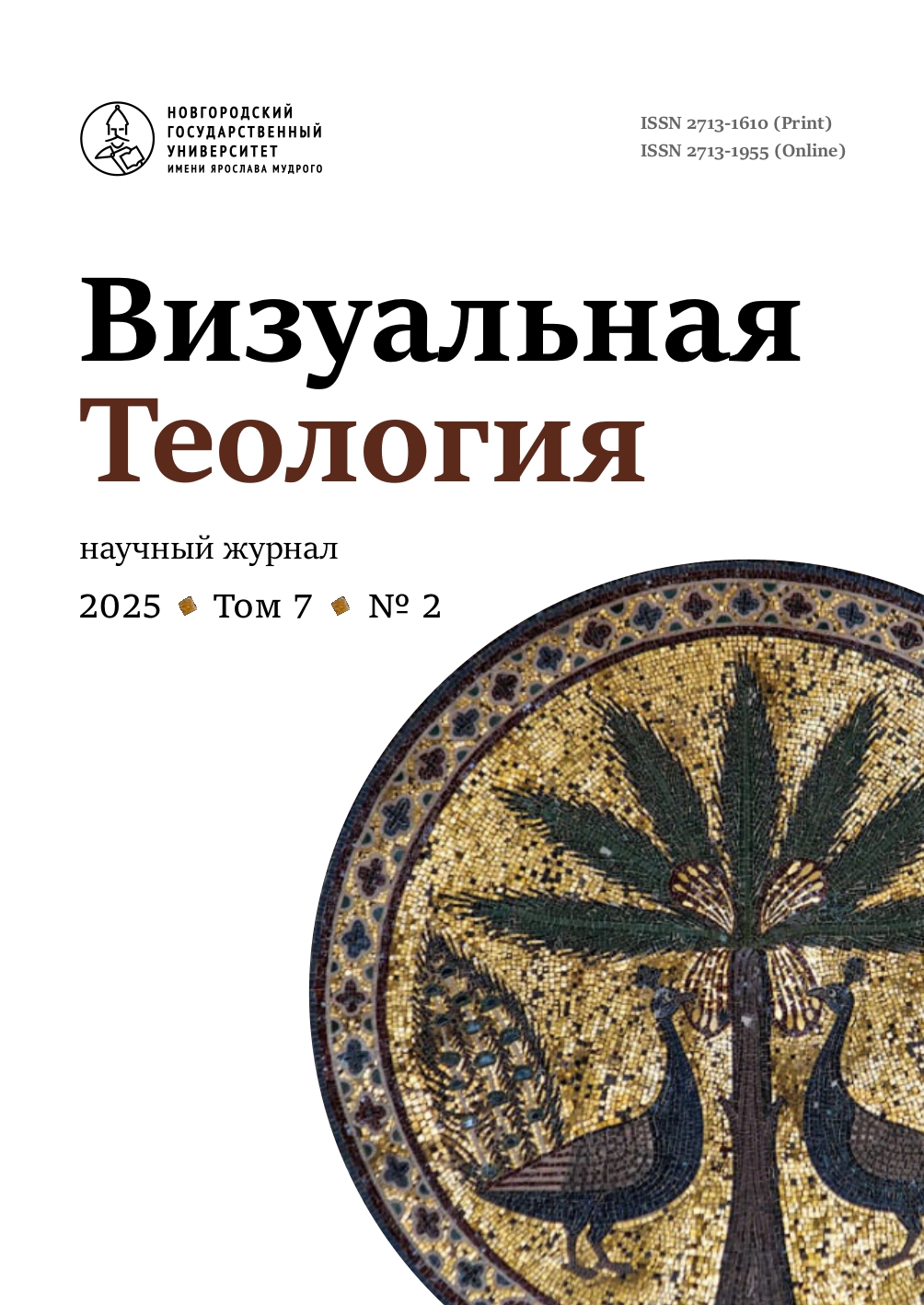Typus-Casa Horne: connection with orthodox images and representation of theological narrative in works by Italian artists of 12th‒16th centuries
Abstract
The iconography of the Pietà is traditionally rooted back to the Vesperbild. Such an approach is not entirely correct. Panofsky proposes two types of the Italian Pietà: Pietà-Nordica which is a Mary-centered composition (iconographically indeed referring to its Northern European prototype) and a Christ-centered scheme. The latter one is called Casa-Horne-Typus by Panofsky naming it after its prototype – an image of “Cristo in Pietà” from the Horne Museum in Florence reproducing a Gregorian type of the “Man of Sorrow” to which the 13th century artist added the figure of the Virgin depicting it aside the Savior. According to Panofsky, this image testifies the transition stage from a pure symbolism of an icon to the Andachtsbild, consisting of two components (so called “forms”) “representation” and “scene narrative”. In the 12th century Byzantine Art and Old Russian Art, two formulas transmit the theological narrative of Christ’s Sacrifice, His Death and Resurrection. “Lamentation over the Dead Christ” (interpreted also as a “Suspension on the way” from the Cross – to the Tomb) and “Dead Christ in the Tomb” (associated with the Gregorian type of “Man of Sorrows”, sometimes referred to as an imago pietatis). The theological nucleus of “Lamentation” deriving from the Mirozhsky Monastary (Pskov) dated 1130s–1140s consists of two figures: Dead Christ embraced by the Mother of God. A traditional gesture from “Glikophilousa” (“Sweet-Kissing”: the cheek of the Virgin touches the cheek of the Son) takes place but in contrast to the Orthodox icon the Mother’s cheek touches the cheek of the Dead Christ and not the Child’s. Reduction of the composition to its theological nucleus turned ninety degrees clockwise so that the figures are presented vertically leads to an icon titled “Do not lament Me, O Mother” (referring to the 8th century hagiographical text written by Cosmas of Maium). The same Mirozh’s scheme reproduces the author of the image from the Horne Museum in Florence. This article aims to update Panofsky’s theory on the origin of the Christ-centered type of Italian Pietà as well as to prove the necessity to substitute the term of Typus-Casa Horne with the one of Typus-Mirozh. The author of the article proposes a new formula of the type and based on the examples of visual antithesis in the masterpieces by the Italian artists (such as Giovanni da Milano, Giovanni Bellini, Michelangelo Buonarroti) proves that two schemes were used to transmit different theological narratives. Pietà Nordica, deriving from a Mary-centered Northern European Vesperbild aims believers to associate their spiritual fillings with the sufferings of the Mother of God, whereas a Christ-centered Typus-Mirozh images are to transmit the theological ideas of Sacrifice and Resurrection.


